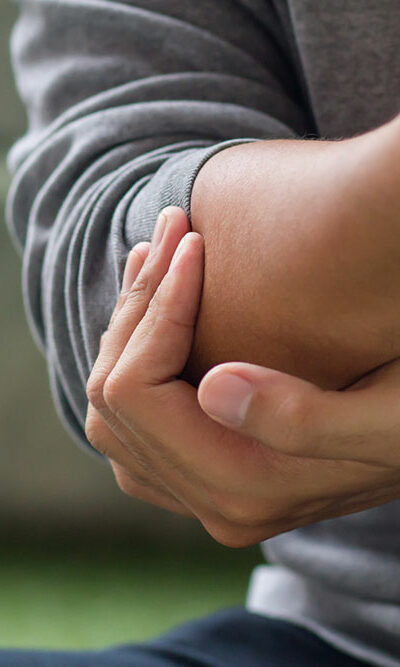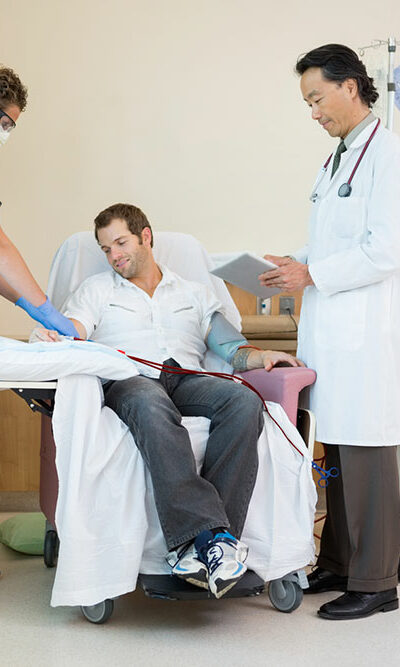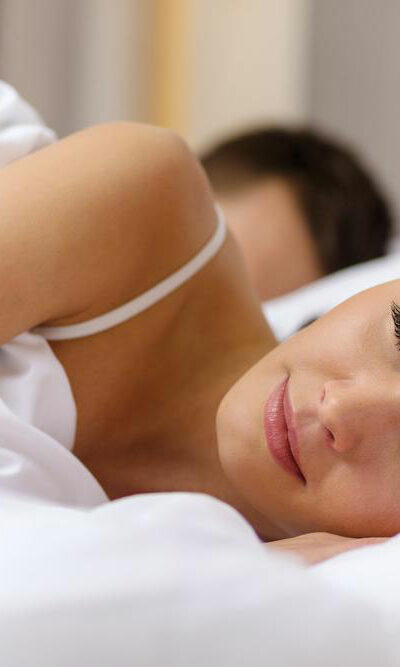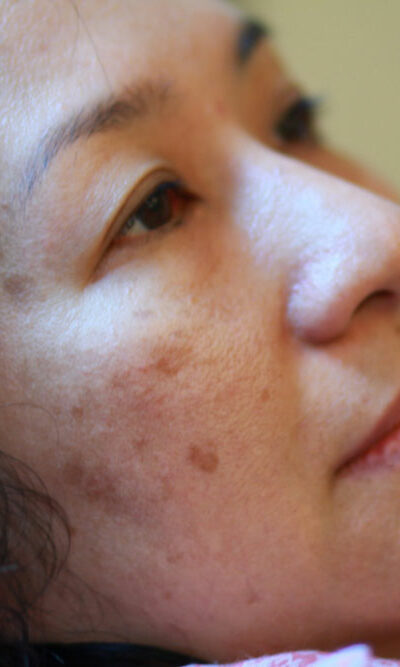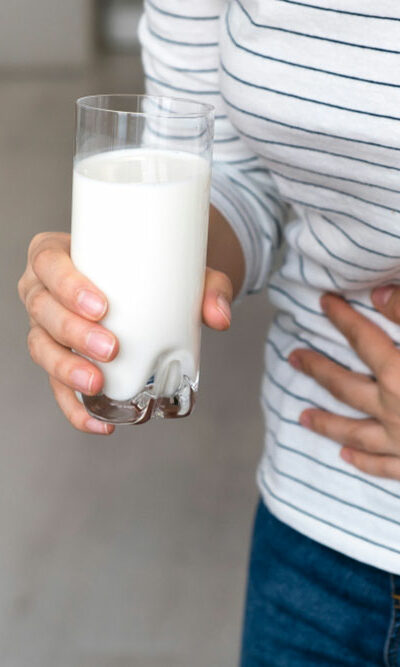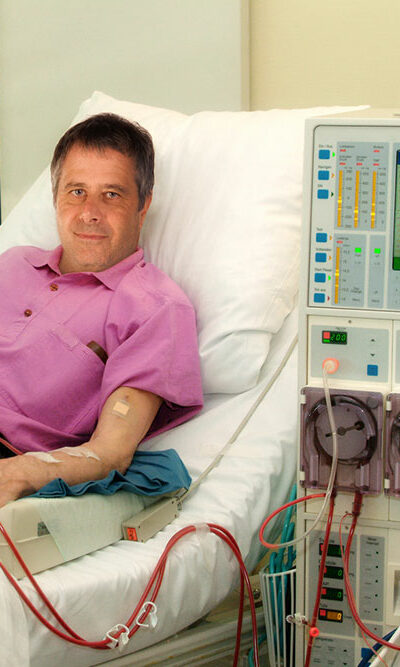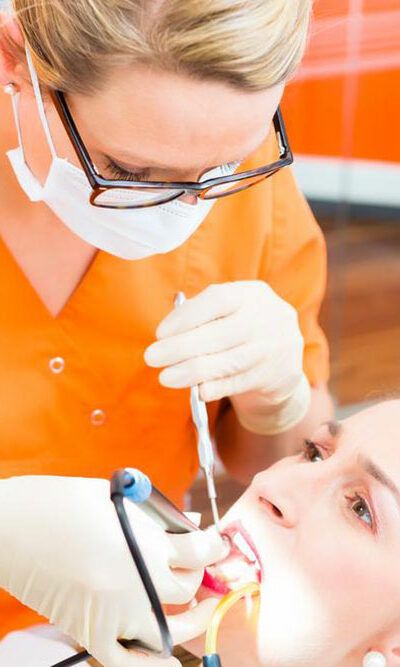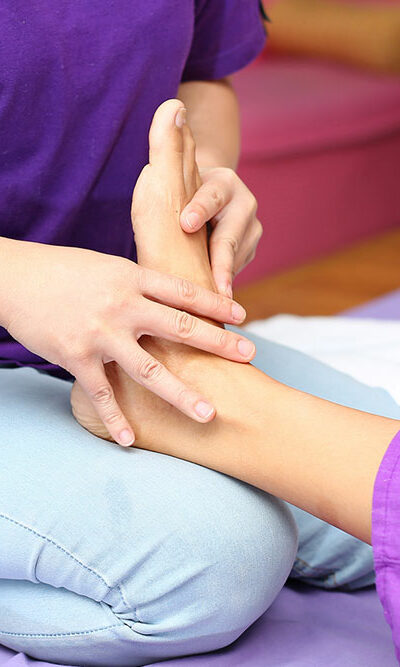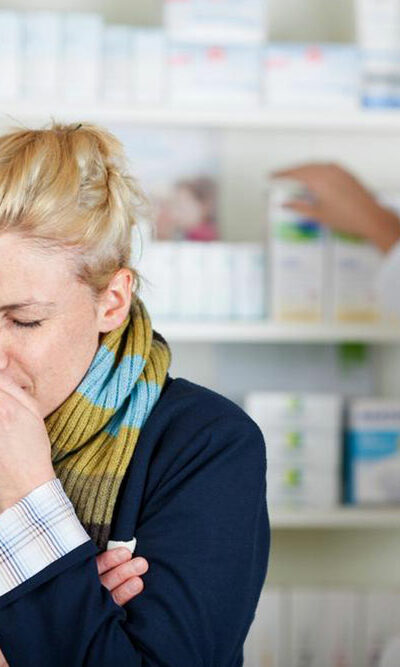
All You Need to Know about Dog Allergies
Dogs are the best friends of a human being unless he or she is allergic to them. Americans love dogs. However, pet allergies are also quite common in the country. According to a report, 15% to 30% of the population has pet allergies. Allergic reactions due to other pets are not as severe as allergic reactions to dogs. Moreover, people with asthma are quite likely to have a dog allergy. This article gives the reader some information about the symptoms, causes, risk factors, and treatments for dog allergies. Symptoms of dog allergies in humans Patients with dog allergies will experience several symptoms when they come in contact with a dog. These symptoms could range from mild to severe. People with low sensitivity may not experience symptoms for several days after they come in contact with dogs. Some of the symptoms of dog allergies include: Itching and swelling of the membrane in and around the eyes and nose A patient’s skin becomes red after getting licked by a dog Wheezing, coughing or shortness of breath within 10 to 30 minutes after exposure to dogs Rashes on the face, chest, and neck A severe attack of asthma for asthma patients Trouble with sleeping due to shortness of breath Pressure and pain in the face Nasal congestion Causes of dog allergies in human beings The proteins that a dog secretes generally end up in their dead skin or dander, urine, and saliva. When an allergic person comes in contact with the dog, their immune system starts to react abnormally to these harmless proteins secreted by the dog. You should also remember that different breeds of dogs produce different dander. Thus, it is possible that an individual is only allergic to a specific breed of dogs. Also, the dander could get into various surfaces like the carpet, clothing, walls or even couch cushions.
